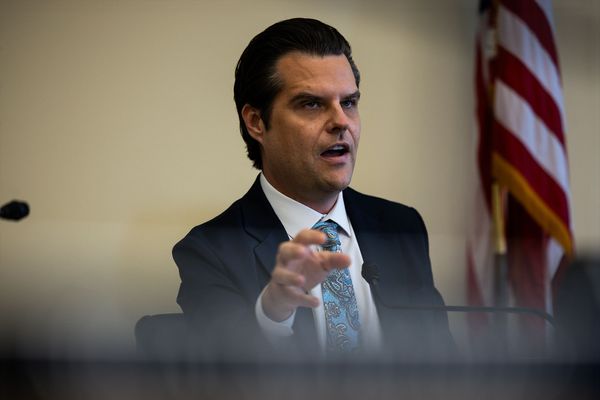
U.S. retail sales were largely unchanged in June, data indicated Tuesday, but a key reading that feeds into growth forecasts powered higher, challenging bets that the Federal Reserve would reduce interest rates in the early autumn.
Headline retail sales growth in June was unchanged from May, with a collective total of $704.3 billion, the Commerce Department reported, a tally that was firmly stronger than economists' consensus forecast of a 0.3% decline.
The May total was revised higher as well, to an advance of 0.3% from the original estimate of a 0.1% gain.
The closely tracked control-group number rose 0.9% on the month, again firmly topping Wall Street forecasts of a 0.2% advance. This figure, which excludes autos, building materials, office supplies, gas-station sales and tobacco, feeds into the government's GDP calculations.
The Atlanta Fed will update its GDPNow forecasting tool later in the session. Its last reading, published July 10, suggests a current-quarter growth rate of 2%.
Gasoline station sales were down 5.1%, the report indicated, after Energy Department data showed the national average slipped 4% from May to $3.576 per gallon.
“Recent data has focused on cooler economic data, but we didn’t get that today. These retail sales confirm the broad potential for growth despite two years of hawkish policy," said David Russell, global head of market strategy at TradeStation.
"They also suggest investor sentiment could pivot away from secular growth stories like AI and toward traditional cyclical growth, especially with rate cuts looking more likely. Consumers aren’t dead. In fact, they might just be getting started,” he added.

TheStreet/Shutterstock
Powell sees progress on inflation
U.S. stocks extended gains following the data release, as traders bet that the solid spending tally supports the idea of a 'soft landing' for the world's biggest economy, even as inflation pressures may take longer for the Fed to ultimately tame.
The S&P 500 was last marked 21 points, or 0.38% higher while the Dow was surged 570 points to a fresh record high. The Nasdaq, meanwhile, slipped 5 points, or 0.03%, as Treasury yields nudged higher.
Benchmark 10-year Treasury note yields rose 5 basis points to 4.217% following the data release, while 2-year notes were up 54 basis points to 4.463%.
Related: CPI inflation report fuels Fed interest rate cut bets
CME Group's FedWatch indicates the Fed will hold its benchmark rate steady at between 5.25% and 5.5% at its next policy meeting later this month in Washington, with the odds of a September rate cut now pegged at around 87%.
"More than two-thirds of the US economy is driven by consumption, so to see a strong retail sales print is healthy — even if that causes some short-term volatility in the rate-cut outlook," said Bret Kenwell, U.S. Investment Analyst at eToro. "Remember, it’s far better to see the Fed eventually lower rates on falling inflation than to see the Fed cutting rates to bolster a weakened economy."
Fed Chairman Jerome Powell told an event at the Economic Club of Washington D.C. earlier this week that he and his colleagues were seeing data that gave them some confidence that inflation was returning to the central bank's preferred 2% target.
He also added that cooling conditions in the labor market were bringing both of the Fed's mandates, which include price stability and full employment, into "much better balance."
Powell also insisted that "a kind of hard-landing scenario" is "certainly not the most likely scenario" for the world's biggest economy.
A soft economic landing means easing inflation with no recession.
More Economic Analysis:
- June jobs report bolsters bets on an autumn Fed interest rate cut
- Biden debate flop boosts Trump, but economy may be tougher opponent
- First-half market gains come with a dash of investor unease
Commerce Department data last week showed that headline consumer-price inflation for June slowed to an annual rate of 3%, the lowest in a year, while core price pressures showed the mildest monthly increase since January 2021.
The Labor Department's June jobs report was also dovish, showing the slowest advance in average hourly earnings in three years amid the first rise in headline unemployment above 4% since 2022.
The economy added 1.334 million new jobs over the first half, down around 23% from the 1.736 million total created over the year-earlier period. Revisions to prior estimates removed around 111,000 in gains over the past thee months.
Related: Veteran fund manager sees world of pain coming for stocks







